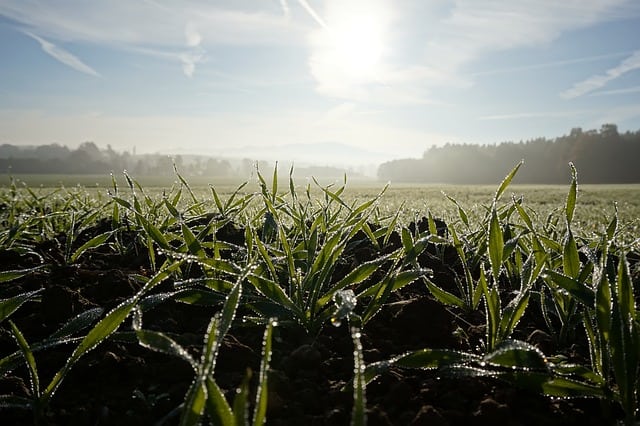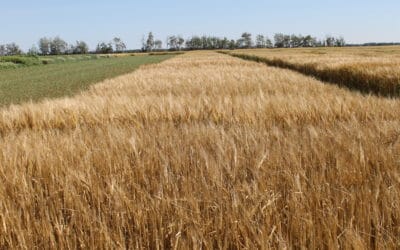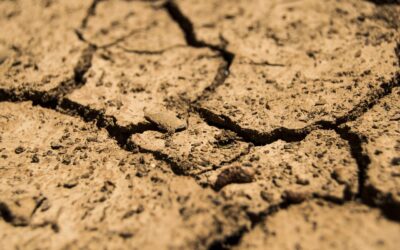Many parts of the province have already experienced some frost. Barry Yaremcio, beef and forage specialist at the Alberta Ag-Info Centre, looks at nitrate accumulation in crops and how to manage it.
Nitrate accumulation can become a problem when crops experience light frosts of -1 C to -2 C for even only a few hours during the night. “These conditions damage the leaves of the plants but not the roots. Over the next three of four days, the roots continue to send nutrients up the plant. The damaged plant is unable to use those nutrients, resulting in nitrate accumulation,” explains Yaremcio.
“When we get a heavy frost of -5 to -6 C for six or seven hours, the internal working system of the plant is completely destroyed and it can no longer move water or nutrients. A killing frost means that the plants are dead and therefore nitrates won’t accumulate,” says Yaremcio. “Light frosts that are experienced for only a few hours damage the plant but not the internal bundles that move water and nutrients up the stem. The injured leaves can’t use the nutrients effectively, and that is when there is the greatest chance of nitrate accumulating.”
Annual crops are the most susceptible to nitrate accumulation – oats being the worst – but also barley and wheat. Immature salvage canola crops cut for silage or greenfeed also have a tendency for nitrate accumulation.
“Alfalfa is a legume and the nodules attached to the roots tend to hoard the nitrogen and only release as much as the plants require,” says Yaremcio. “Nitrate accumulation is extremely rare in alfalfa.”
Application of nitrogen fertilizer or manure also has a significant influence on the susceptibility of the crops. High amounts of nitrogen fertilizer or manure increase the risk of nitrate accumulation.
“If fields have been used for swath grazing, winter feeding areas, have had high manure applications or high amounts of fertilizers applied in the spring, those fields are more susceptible to accumulate nitrate in the plants,” says Yaremcio. “If no fertilizer has been applied, or if it is an old grass field, those fields are not typically a problem.”
After a frost, the timing for cutting the field is a key factor in managing nitrogen accumulation. “If producers can get out in the field the day after the frost and cut it as quickly as they can, there should not be a problem,” says Yaremcio. “Nitrate levels increase and peak on the third or fourth day after a frost.”
If there is time for the plants to recover, and there is no additional frost to kill the plants, nitrate levels will decline and return to normal 14 days after the frost.
“It is either get out there within one or two days after the frost and cut very quickly, or wait 10 to 14 days before cutting the field,” says Yaremcio.
For more information, contact the Alberta Ag-Info Centre at 310-FARM (3276).
Source: Alberta Agriculture and Forestry





